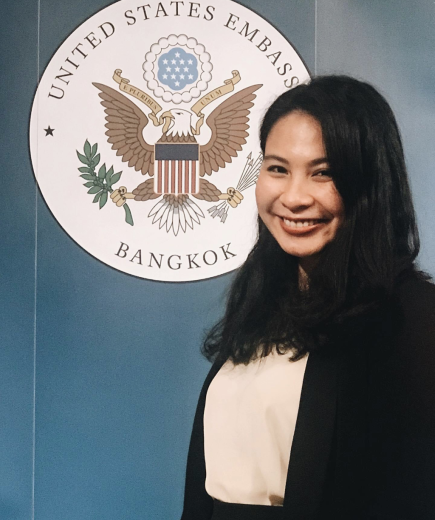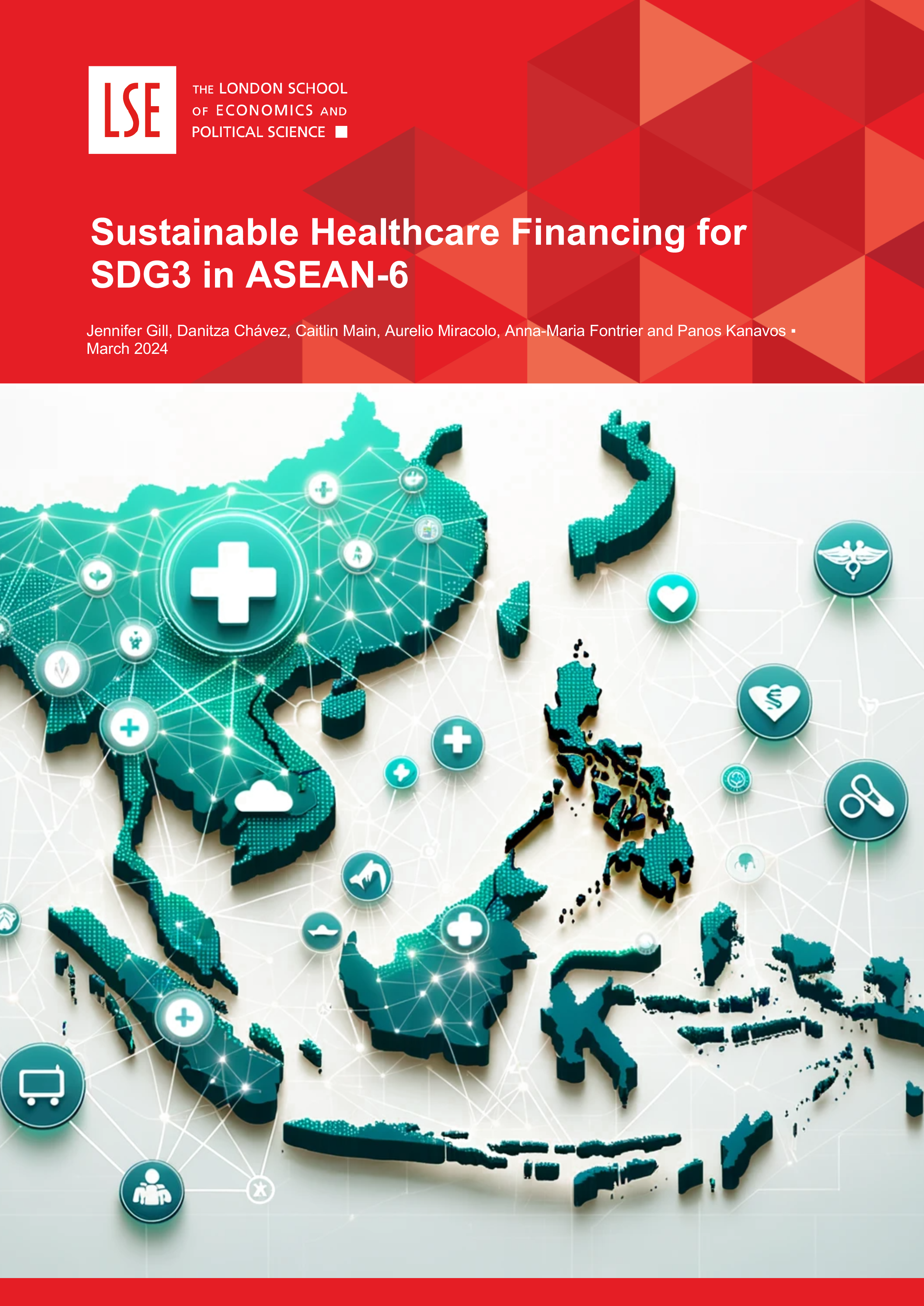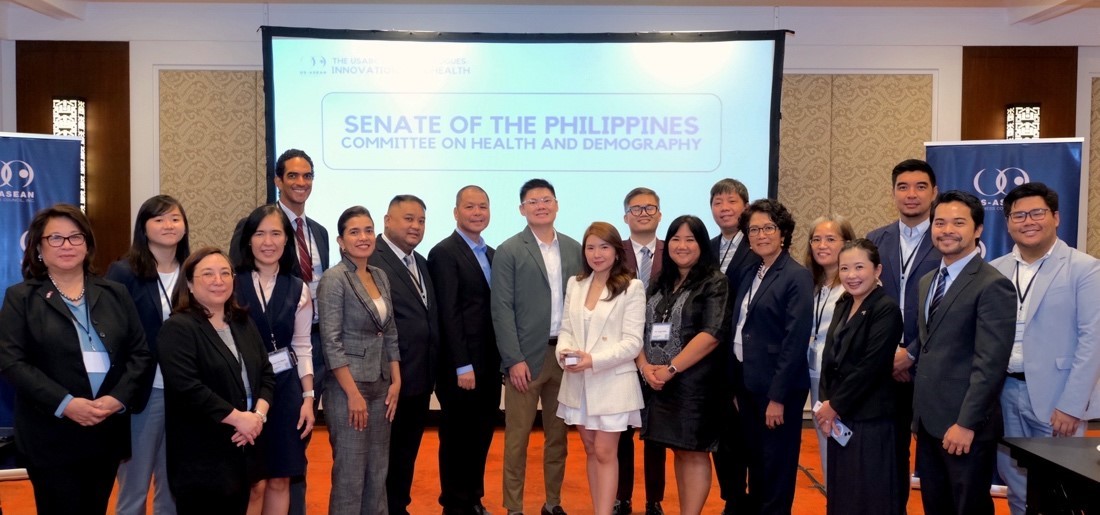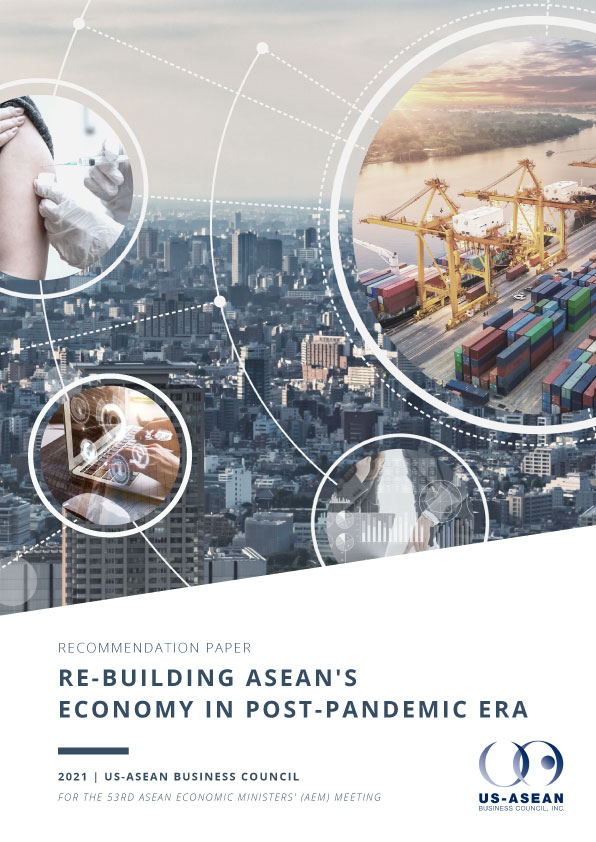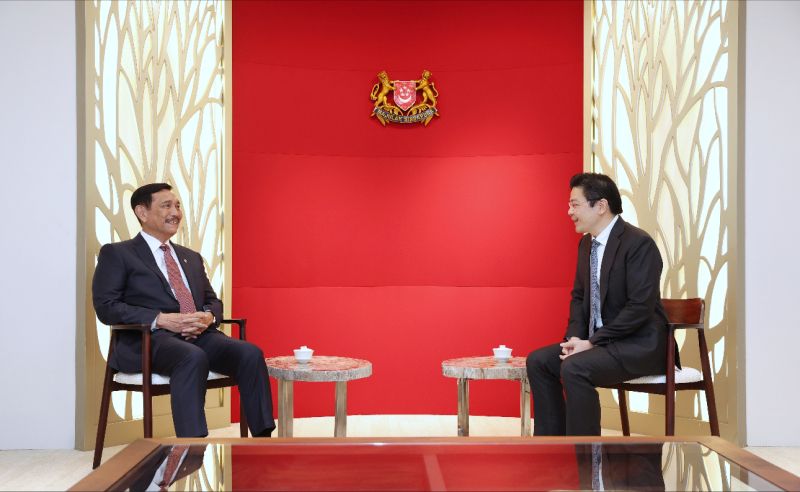Singapore to subsidize home-based healthcare services and community hospitals
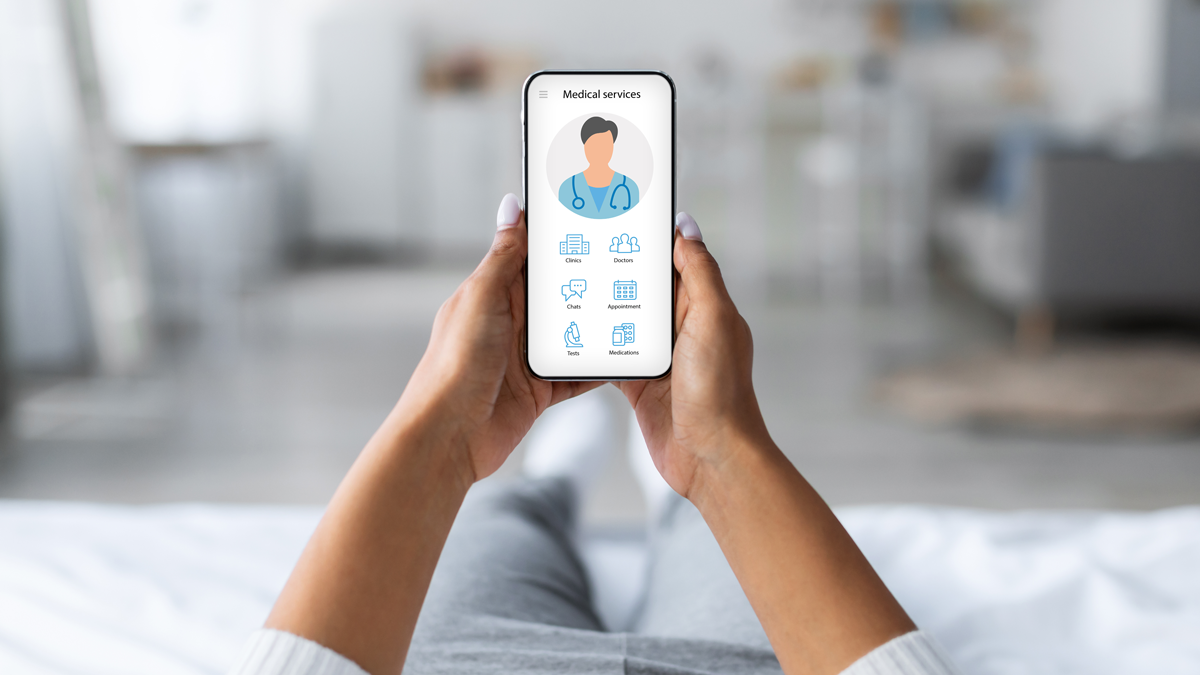
On March 6, Singapore Health Minister Ong Ye Kung announced the introduction of government subsidies for patients enrolled in the Mobile Inpatient Care @ Home (MIC@Home) program, effective April 1. Under this initiative, patients receiving care at home will benefit from subsidies provided by the Singaporean government, and they will also have the option to utilize national medical saving and insurance schemes such as MediSave and MediShield Life to cover their medical expenses. Launched in 2022, the MIC@Home program enables patients to receive medical treatment from their homes through teleconsultation and home visits by healthcare professionals. Initially trialed over the past two years, the program has now been integrated as a regular service at public hospitals. Minister Ong emphasized that under the subsidized MIC@Home program, patients will be charged for medical services at rates comparable to or lower than those at public hospitals. Additionally, he announced plans to expand the virtual bed capacity of MIC@Home from 100 virtual beds in 2023 to 300 by 2024, further enhancing the program's coverage.
The Minister also mentioned the plan to increase the capacity of public hospitals, citing a rise in the number of hospitalizations among patients post-Covid. He announced the construction of a new general and community hospital in Tengah, located in the western part of Singapore. Moreover, there is an ongoing plan to establish a new community hospital campus, covering the Eastern General Hospital (EGH) and the Eastern Community Hospital in Eastern Singapore, which will add 1,400 beds to complement the community hospital’s capacity, by 2030. To address the growing needs of Singapore's aging population, he revealed a plan to add 4,000 public hospital beds to the existing 11,000. This expansion will occur annually until 2030 and marks the significant increase from the previous target of adding 1,900 beds over the same period.
Furthermore, the Minister highlighted efforts to facilitate the transition of patients from acute hospitals to community hospitals. To support this, diagnostic services such as CT and MRI scans, along with expensive medications, will be subsidized at a rate ranging from 50 to 80 percent, beginning from the final quarter of this year.



